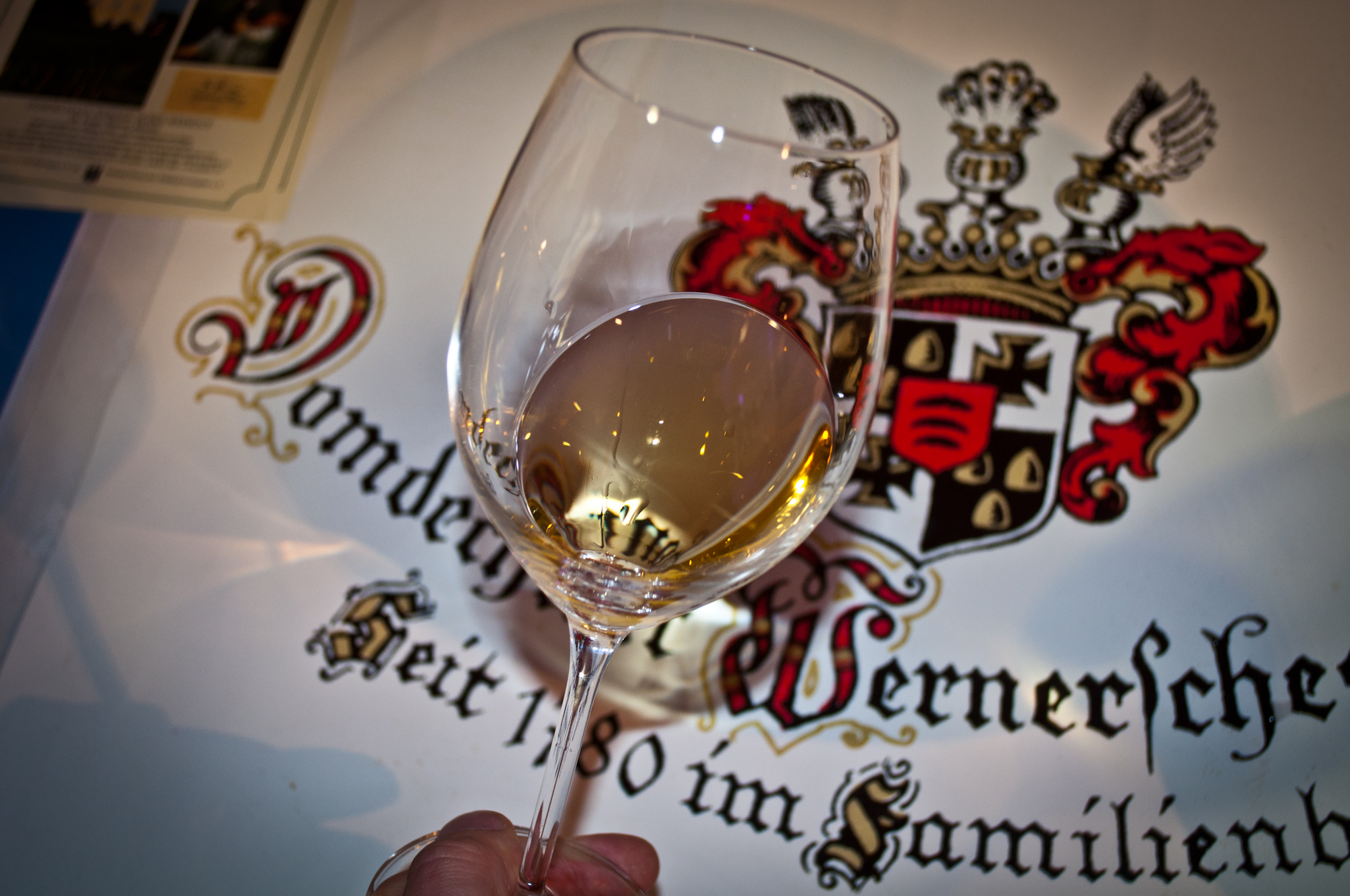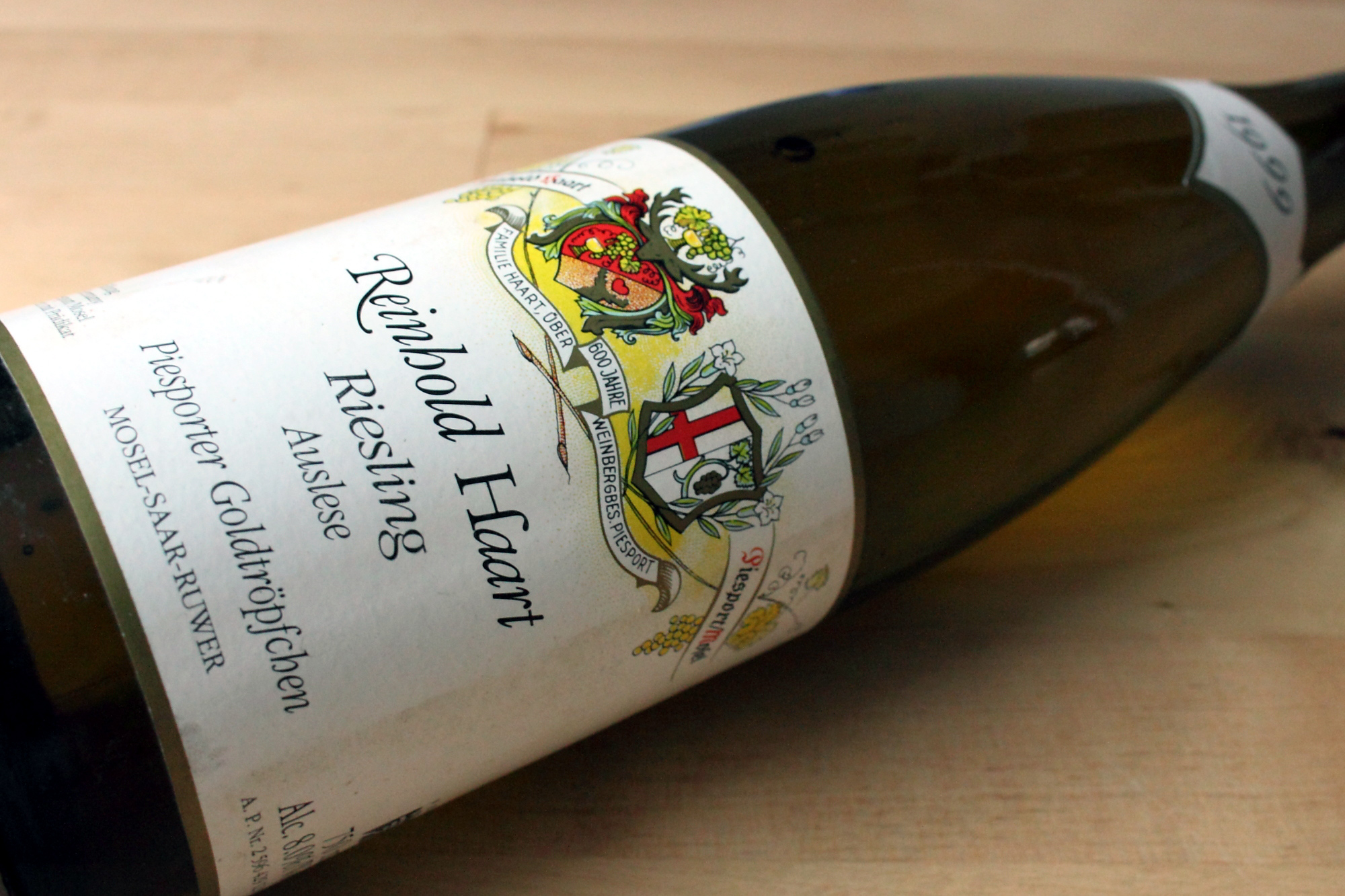Müller-Catoir, Haardter Scheurebe, Kabinett trocken, 2009
One of the venerable German wineries we have yet to introduce here on the Wine Rambler is Müller-Catoir. Established in the 18th century, the Pfalz estate has been in the same family for nine generations. There is also a generational theme about how I first came across Müller-Catoir - my dad is a big fan, and he always mentions MC when the topic of German Riesling comes up. On 20 hectares, the Catoirs are mostly growing Riesling and Pinot (Noir, Blanc and Gris), but also a range of other wines including the Germanic variety Scheurebe.

Scheurebe is famously aromatic and often made into sweeter wines, but in Germany the trend goes to dry - as with everything -, and so I was looking forward to sampling my first dry Scheurebe in a while.








